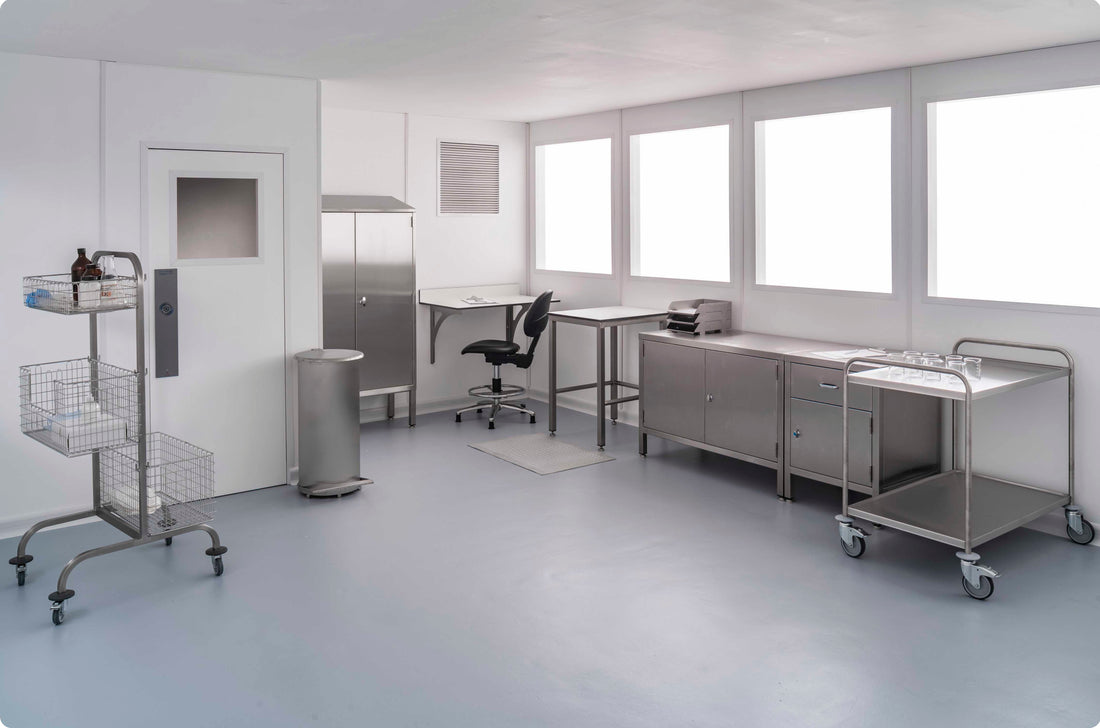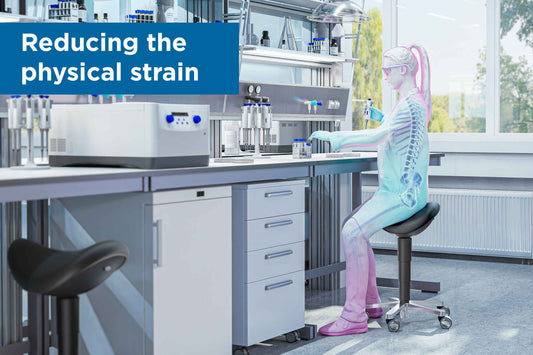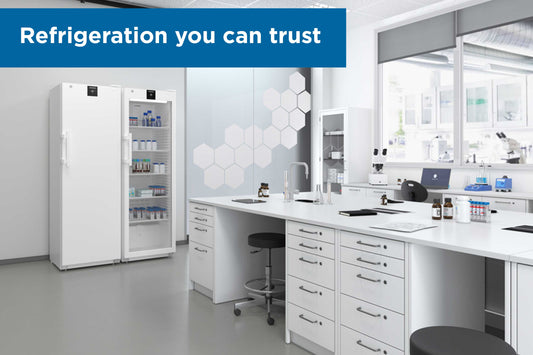As well as the big topics of the ventilation and air circulation, energy management and the gowning selection and process, there are a multitude of smaller factors to consider when designing a cleanroom, that keep your space as safe as possible.
Minimise risk from poor design
Poorly designed furniture creates harbourage points in which microbes thrive; gravity-defying bacteria will take over a hidden ledge in no time: growing, flourishing, and potentially doubling every 10 minutes. Ensure your furniture has minimal flat surfaces and no hidden ledges to minimise risk of a microbe alert as far as possible. Whilst in a perfect world all harbourage points are avoided altogether; effective, efficient cleaning remains business critical. Being vigilant when specifying cleanroom furniture by seeking expert advice on the safest equipment which will cope with regular, intensive cleaning will provide a better return on investment.
Cleaning care considerations
By working backwards from your disinfection and sterilisation routine, you’ll select furniture which facilitates the clean down process of your clean room. Whether it’s the manoeuvrability or having enough space for effective mopping, consulting the hygiene teams can reveal insights which save time and / or improve their effectiveness. The right standard of furniture will pay for itself over time by factoring out risk points and unnecessary design features that will extend cleaning times




